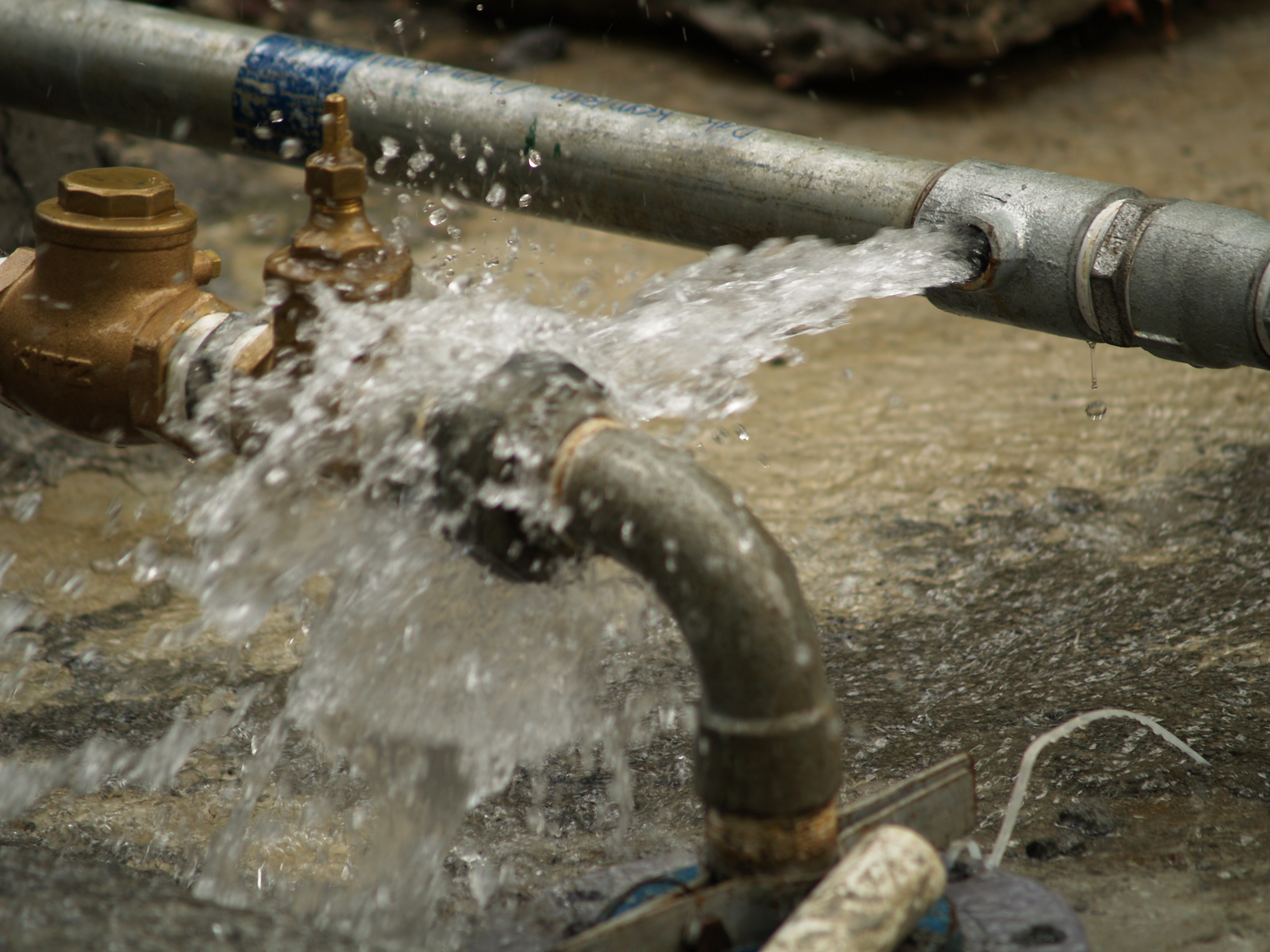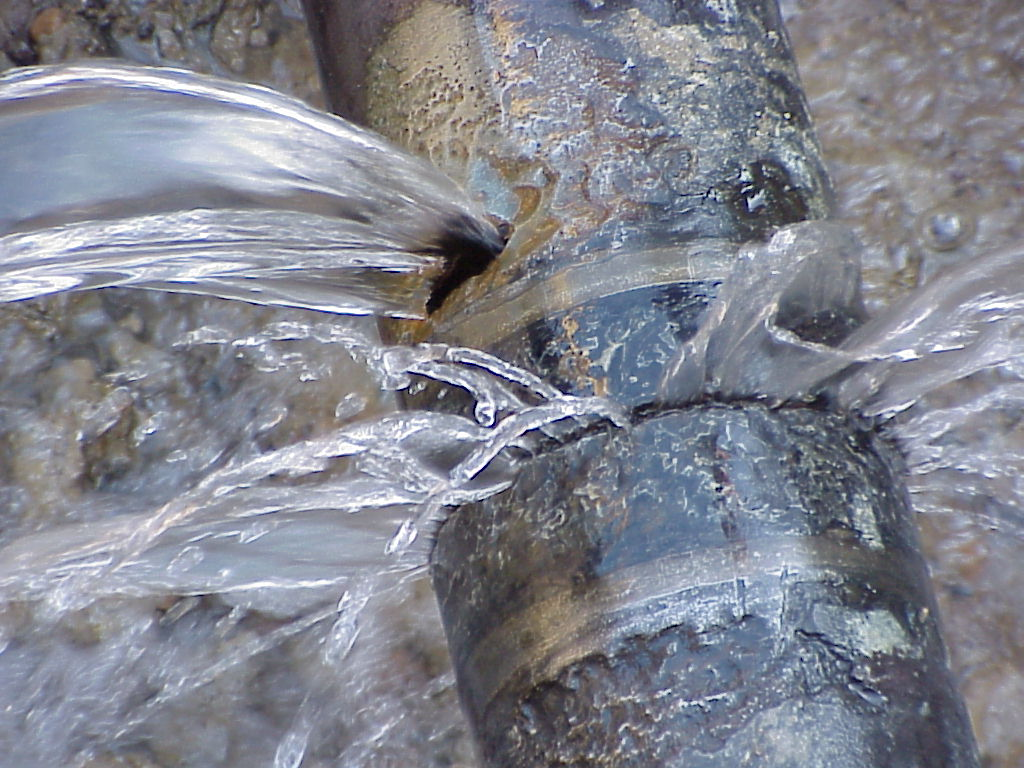Detecting and Efficiently Fixing a Burst Pipe: A Practical Guide
Detecting and Efficiently Fixing a Burst Pipe: A Practical Guide
Blog Article
Almost everyone maintains his or her own theory in relation to How to Prepare for Your Dishwasher Installation.

A ruptured pipeline is a significant emergency; you can only stand as you see water you pay dearly to reunite with the planet. In worse cases, you see a swimming pool on your kitchen flooring, which is a wonderful trip hazard, particularly if you have kids around. If the pipeline that burst was in your walls, trouble: you might need to repaint that whole area.
How can a catastrophe like a ruptured pipe be protected against and also handled? Well, by listening to your expert emergency plumbers and adhering to these guidelines.
Just how do I know when my pipes have ruptured?
Rising and fall water stress
Pipes do not just burst in a day. You might have observed that your kitchen area tap or shower doesn't run instantly when you transform the faucet. It might stop briefly for a couple of seconds and afterwards blast you with more pressure than normal.
In other instances, the water might appear regular at first, after that drop in pressure after a couple of secs.
Damp wall surfaces and water stains
Prior to a pipeline bursts, it will certainly leak, many times. If this consistent leaking goes unnoticed, the leak might graduate right into a large laceration in your pipe. One very easy way to prevent this emergency is to watch out for damp wall surfaces advertisement water stains. These water spots will lead you right to the leakage.
Puddles under pipes as well as sinks
When a pipeline bursts, the outflow develops a pool. It might show up that the pool is expanding in dimension, and regardless of the amount of times you wipe the puddle, in a few mins, there's an additional one waiting to be cleaned up. Often, you may not have the ability to trace the puddle to any noticeable pipelines. This is a sign to call a specialist plumber.
Untraceable trickling sounds
Pipe bursts can take place in one of the most undesirable locations, like within concrete, inside wall surfaces, or under sinks. When your house goes silent, you may have the ability to hear an irritatingly persistent leaking sound. Also after you have actually examined your shower head and kitchen area faucet, the dripping may continue.
Dear visitor, the dripping may be originating from a pipeline inside your walls. There isn't much you can do concerning that, except inform an expert plumber.
Shut off the Water
When water freezes, it expands in volume by regarding 9 percent. And also it increases with remarkable force: The pressure inside pipelines might go from 40 pounds per square inch to 40,000 psi! No pipe can hold that much pressure, so it breaks open. The break might occur where the ice kinds, however more frequently, it happens where water pressure discovers a weak spot in the pipeline. That may be inches or perhaps feet from the frozen location. Locate the water shutoff valve as well as switch off the water to avoid even more damage. You could also require to shut off the power also, relying on where the leaks happens and also how big it is.
Polluted water
Many individuals assume a burst pipeline is a one-way outlet. Rather the contrary. As water flows out of the hole or tear in your plumbing system, pollutants locate their way in.
Your water may be polluted from the source, so if you can, inspect if your water container has any kind of troubles. Nonetheless, if your alcohol consumption water is supplied and also detoxified by the local government, you need to call your plumber promptly if you see or smell anything amusing in your water.
What do I do when I detect a ruptured pipeline?
Your water meter will continue to run also while your water wastes. To minimize your losses, find the primary controls and transform the supply off. The water mains are an above-ground structure at the edge of your home.
How to Fix & Detect a Leaking Pipe
How Do I Know if a Pipe is Leaking?
Leak detection tests can help you determine if your pipe has a leak. Even if you don’t see an apparent leak, you should still conduct leak detection tests regularly to save water and money—and prevent major damage to your home.
Water meter. It can be helpful to figure out what your usual water meter usage numbers are and then monitor them regularly. To monitor your meter, first, turn off all water faucets in your home. Check the meter and write down the numbers. In a few hours, check the meter again. If the numbers have changed, you have a leak. Water gauge. Use a water gauge to test your water pressure. Your showerhead should produce a certain amount of water pressure based on its model and design. If the pressure is lower than it is supposed to be for that specific showerhead, your home likely has a leak. Puddles. Look inside your bathroom, laundry, and kitchen sink cabinets. Puddles around the cabinets or around toilets, tubs, showers, and washing machines indicate the presence of a leaking pipe. You may also notice loose tiles, peeling or flaking paint, or mold caused by water accumulation. Napkin test. Even if you don’t see any puddles, you may still have a leak. You can test for water leaks in the bathroom, laundry, and kitchen by wiping below-sink connections with a napkin, paper towel, or piece of toilet paper. If it becomes damp, you probably have a leaking pipe under the sink. Discolored walls. Walls that are discolored—usually with brown or yellow stains—or bulging might mean that they have been impacted by water damage caused by a leaking pipe. Smell. A leaky pipe will create sitting water, and over time, that water may develop a musty smell. If your home smells musty, but you can’t locate the source, it may be due to a leak. Steps for Fixing a Leaking Pipe
A leaky drain can be remedied by tightening the pipe base, replacing the drain seal, caulking the rim, and tightening the pipe nut. Similarly, a leaking toilet pipe can be treated by tightening the packing nut. You may also need to replace the valve. A leaky faucet may just need tightening or replacement of the washers. If that doesn’t work, consider replacing your faucet. If your pipe has a hole in it, you may want to use a pipe leak sealer or pipe leak tape. This quick fix for water pipe leaks can also temporarily fix a copper pipe leak. https://www.ahs.com/home-matters/quick-tips/how-to-tell-if-pipes-are-leaking/

As a keen person who reads on How to Prepare for Your Dishwasher Installation, I think sharing that excerpt was smart. Feel free to take the time to promote this write-up if you enjoyed it. Thanks a bunch for your time. Please stop by our site back soon.
Quality assurance? Connect. Report this page